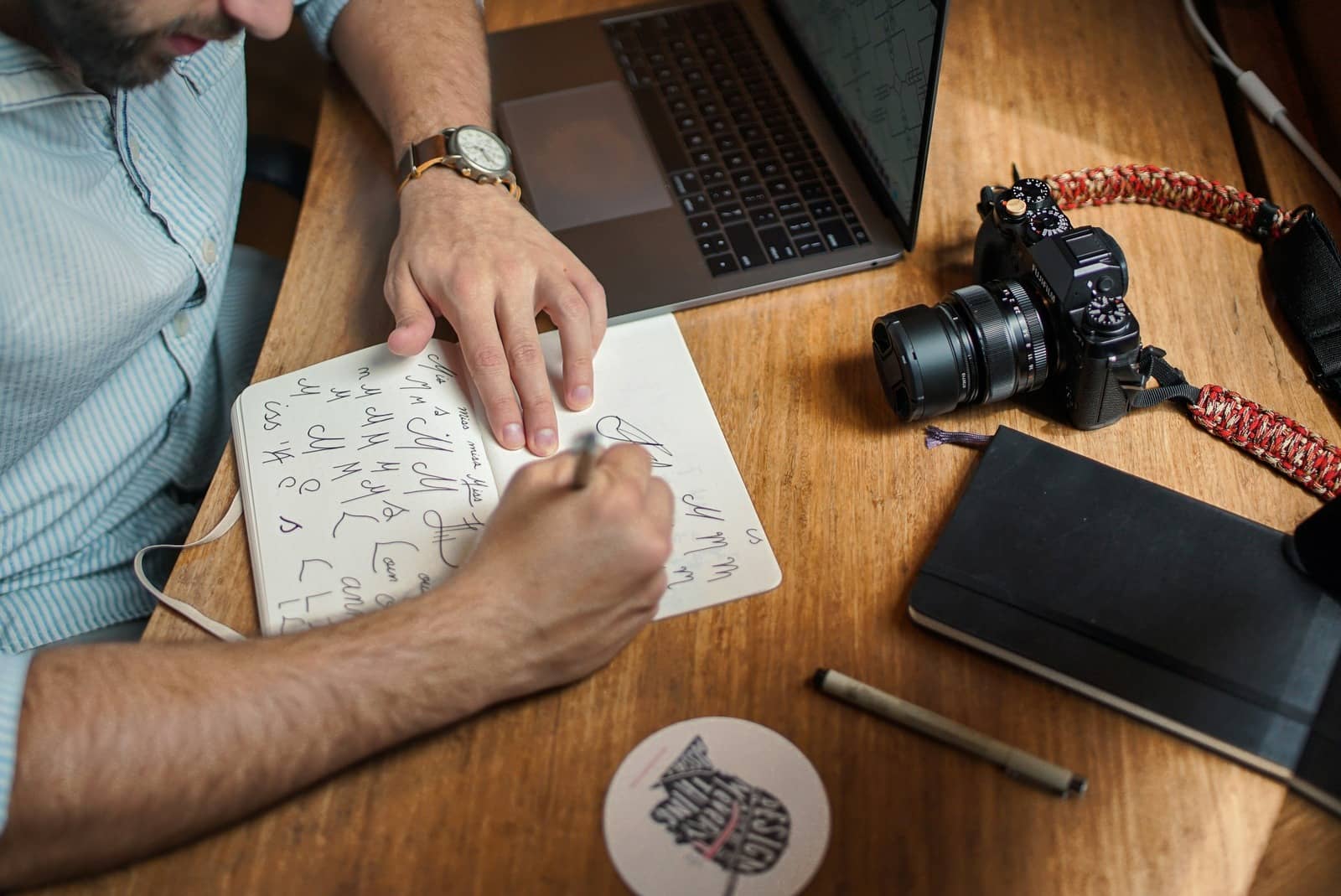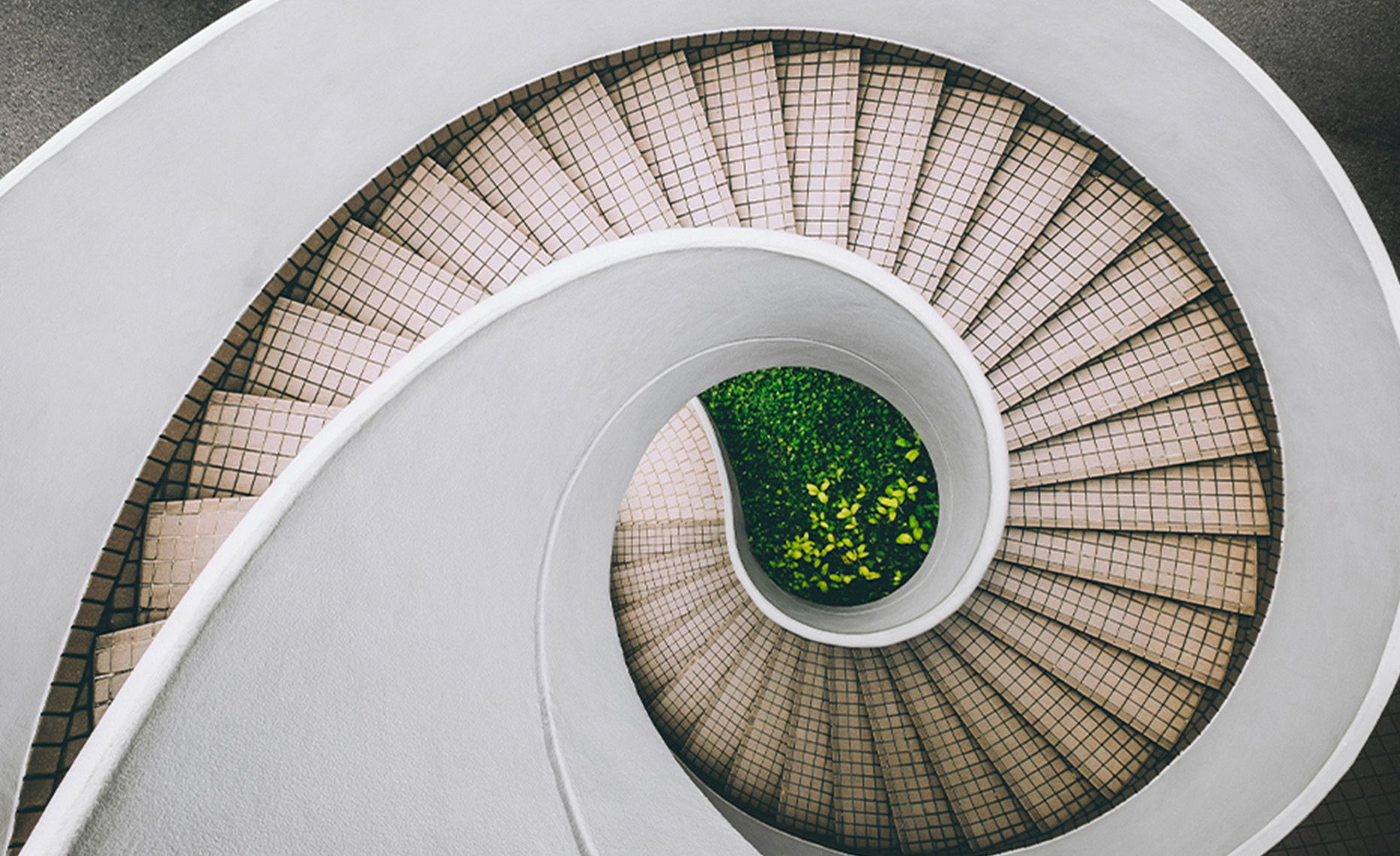Length
5 min read
Topic
Articles & Insights
With the rise of photo-driven social platforms, accessibility of entry-level equipment and technological advances, photography has become a regular part of our lives.
Builders and architects now cater to an audience whose aesthetic tastes have been refined by a steady stream of beautiful architectural photos online. In this highly competitive landscape, good is no longer good enough. Potential clients are scouring dozens of websites with compelling images before committing to a partner. A remarkable, well-executed portfolio has the ability to break through the competitive noise.
The Power of Quality Architectural Photography
The caliber of your architectural photography can make or break your visual narrative. A quick glance through most building and architectural websites will reveal the ubiquitous phrase “superior quality” or its equivalent. However, if the portfolio fails to mirror this claim, it reduces marketing copy to mere white noise. Worse still, if the photography is of poor quality, it can alienate potential clients, causing them to abandon your website before even investing time in reading the content.

Project by Rhodes Architecture + Light. Photography by Cheryl McIntosh
It may be tempting to photograph the building yourself–you know the project better than anyone! Or, perhaps you’ve considered hiring an amateur photographer or other affordable options. Keep in mind that working with an experienced photographer has several advantages. Architectural photographers often use a combination of artificial lights and natural light, and understand how to marry the two to create amazing images. They’ve invested heavily in their equipment–using sturdy tripods for sharp images, high end cameras, lighting and most often, a wide angle lens. They may use a special tilt-shift lens to capture panoramic shots, or bring tall buildings into focus without the converging lines or warping that standard wide angle lenses produce. In addition to their technical expertise and equipment, architectural photographers also have an artistic eye for composition and framing. They understand how to highlight the design elements you want to emphasize, capturing the essence and beauty of your project in the best possible way. All that said, you may still want to take an architectural photography tutorial so that you can speak the same language and provide capable assistance during the shoot.

Photography by Cheryl McIntosh
Working with an experienced architectural photographer also saves you time and effort. They have a deep understanding of the process and know how to efficiently tackle different types of projects. By entrusting your photography to a professional, you can focus on your core responsibilities as a builder or architect, confident that the visual representation of your work is in capable hands.
Building a Strong Partnership
To ensure a successful collaboration with an architectural photographer, there are several key considerations to keep in mind. First and foremost, communication is paramount. Clearly communicate your vision, objectives, and specific requirements for the project. Share any design details or unique features that you want highlighted in the photographs. Do you need aerial photography or context shots? The more information you provide, the better the photographer can understand and capture your vision. Collaboration shouldn’t stop at the initial briefing. The photographer’s perspective and expertise can contribute significantly to the final result.
Positioning for Your Price Point
Consider the stark difference between generic and luxury product packaging. Consumers expect to pay a premium for high design. Professional photography works similarly to inform the client that your service is worth the fees. Investing in quality photography also demonstrates to potential clients that you care about your work and place value on showcasing the vision behind it. Don’t let poor photo quality compromise your only chance at a first impression.
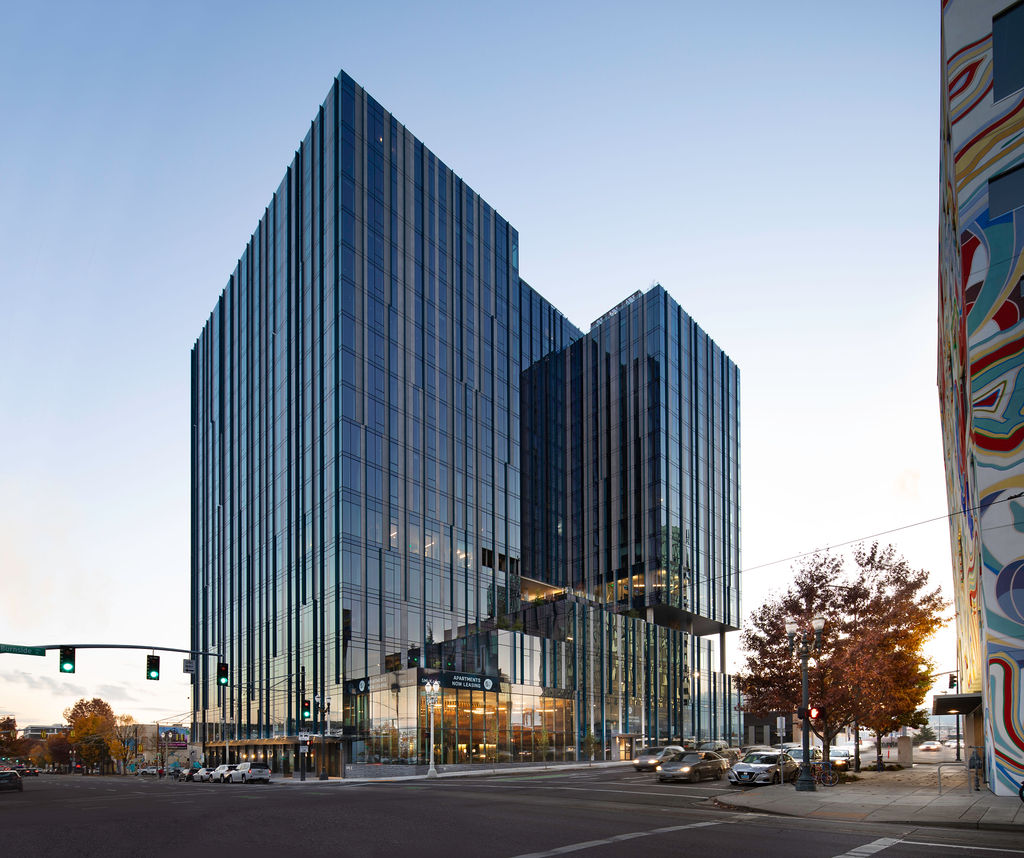
Photography by Cheryl McIntosh
Partnering with an Architectural Photographer
Architectural photographers have a keen eye for capturing the essence of your buildings, highlighting the details and vision that make your buildings stand out. Experienced photographers are artists in their own right, with a deep understanding of light, composition, and storytelling. They perceive buildings not merely as structures but as living, breathing entities with their own personalities and narratives. To work effectively with an architectural photographer, it’s important to understand their creative process and vision while sharing your own. Take the time to discuss your project’s goals, the specific architectural elements you want to highlight, and the overall mood and atmosphere you wish to convey.

Photography by Quanta Collectiv
Preparing the Site
Stunning images are no accident–a successful photoshoot demands preparation to ensure excellent image quality. Before the shoot, ensure that the site is meticulously prepared to showcase your architectural design in its best light. This may involve coordinating with building contractors to remove any obstructions, thoroughly cleaning the construction site and premise, and ensuring that the lighting conditions are optimal. Additionally, consider the times of day and weather conditions that will best complement your building’s aesthetic. An experienced architectural photographer can advise you on the ideal time to capture the perfect shot, whether it’s the warm glow of the golden hour or the dramatic shadows cast by the afternoon sun. Different building types and orientations necessitate a tailored approach and varying degrees of preparation.
Collaborating on the Photoshoot
Prior to and during the shoot, maintain an open line of communication with the photographer. Share your vision and insights while staying receptive to their creative suggestions. You may choose to mark up a site plan with specific angles that you want to make sure are captured. These angles may even mirror your architectural renderings. A shot list is a helpful tool that the photographer uses to plan their day and budget the project appropriately.
Keep in mind that while preparation is great and helps keep the day on schedule, architectural photographers have a unique perspective and may identify angles or details that you hadn’t considered. Trust their expertise and allow them the freedom to experiment with different compositions and lighting setups. This collaborative approach often yields the most captivating and memorable images.
Post-Production and Delivery
After the shoot, the photographer will enter the post – processing phase, where they will meticulously edit and refine the images to bring out the best in your architectural design. Professional photo editing often involves composite images, color correction, exposure adjustments, and other enhancements to ensure that the final images are visually stunning and true to your vision. While AI has made incredible advancements that allow photographers to edit out obstructions in half the time, every effort should still be made to prepare the site for the shoot. Adobe Photoshop is every professional photographer’s best friend, but it shouldn’t be relied upon to fix imperfections that can be addressed in advance.
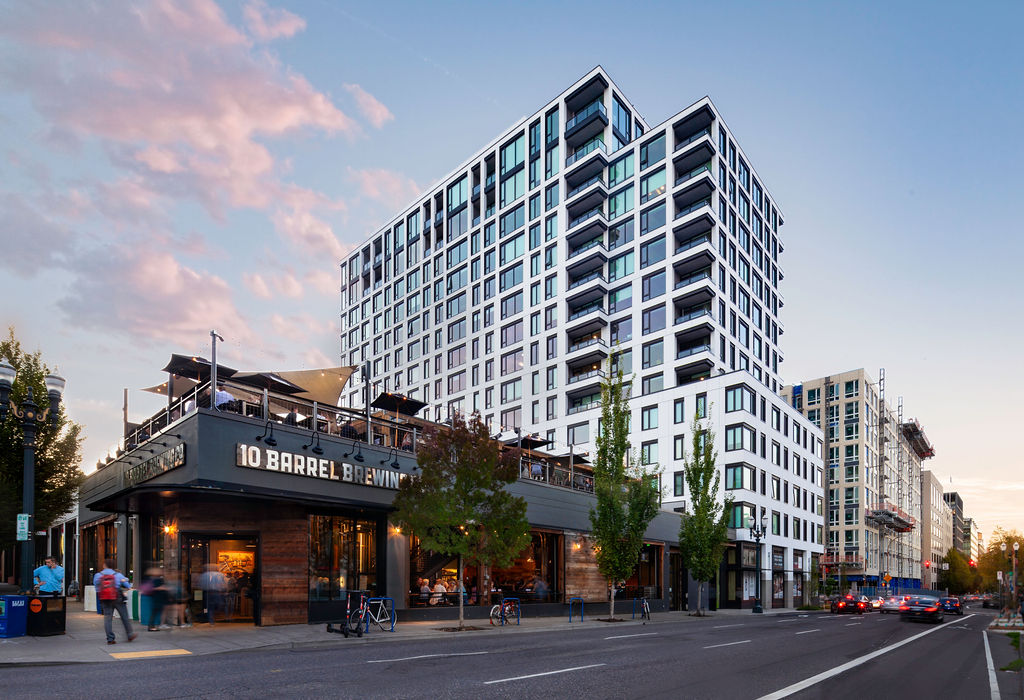
Project by Ankrom Moisan. Photograph by Cheryl McIntosh
Building a Long-Term Partnership
Working with an architectural photographer is not just a one-time collaboration; it’s the beginning of a valuable partnership. By fostering a strong working relationship built on trust, open communication and mutual respect, you can ensure that your projects are captured with the same attention to detail that you put into them. Architectural photographers are invaluable allies in showcasing your work to the world. By following these guidelines and embracing their creative expertise, you can elevate your portfolio–and your brand–to new heights, captivating audiences and leaving a lasting impression.
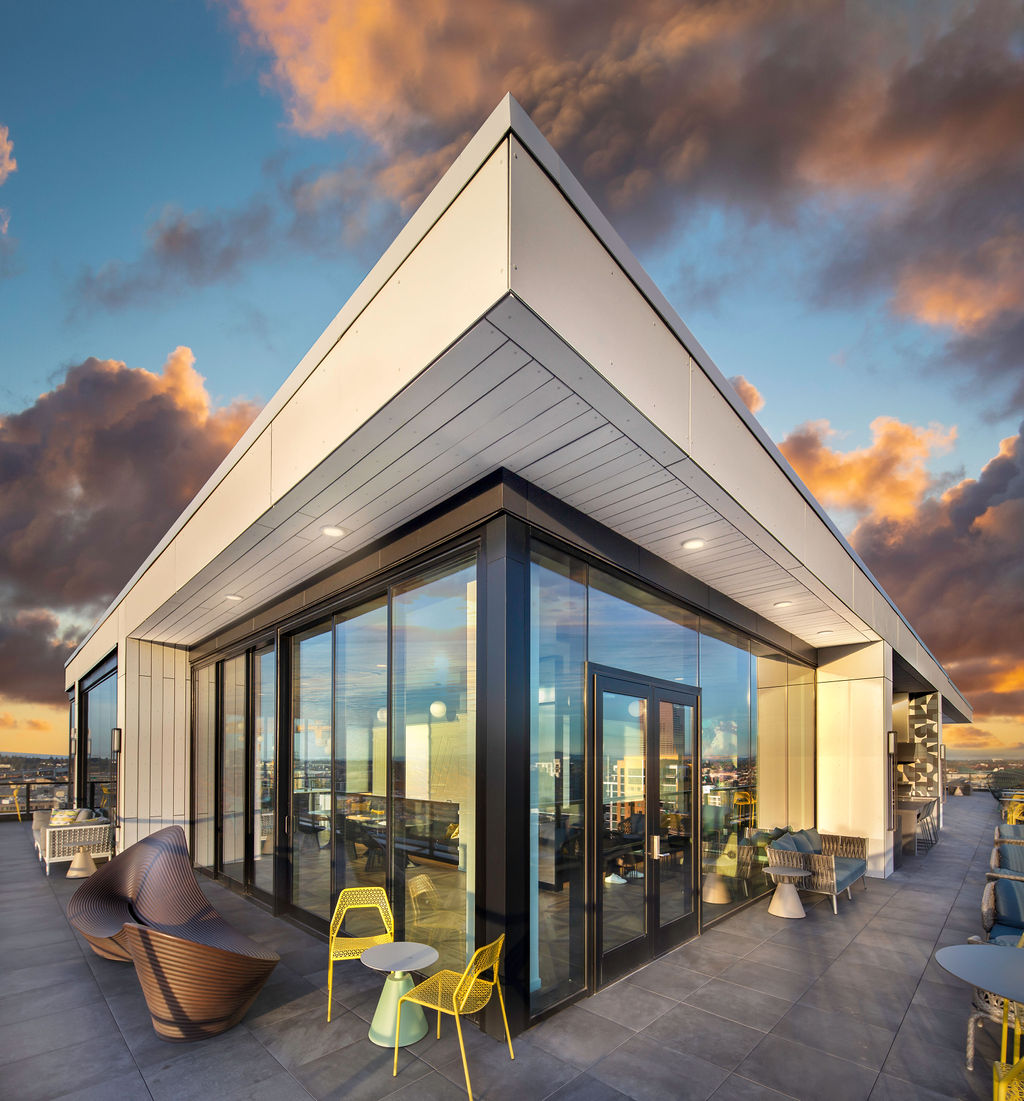
Project by Ankrom Moisan. Photograph by Cheryl McIntosh
Elevating Your Brand Through Photography
In the world of architecture, a firm’s brand is not just about the buildings they design, but also the way they present their work to the world. Quality architectural photography plays a crucial role in shaping an architect’s brand identity, showcasing their creativity, attention to detail, and commitment to excellence.
With our expertise in visual storytelling and a deep understanding of the AEC industry, Third & Arch can create a cohesive and compelling visual narrative that resonates with potential clients and solidifies your firm’s reputation as a leader in the field.


